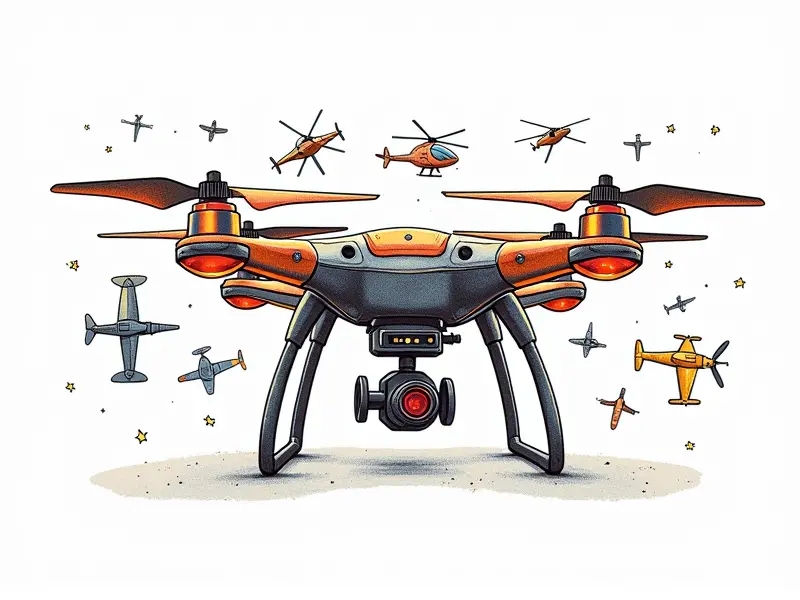Can brushless motors overheat?

Do Brushless Motors Overheat in RC Drones?
Brushless motors, commonly used in remote control (RC) drones, are highly efficient and powerful. However, the question often arises: do these motors overheat? The answer is yes, brushless motors can indeed overheat under certain conditions.
Preventing Motor Overheating in RC Quadcopters
To ensure your quadcopter's motor stays cool, it’s crucial to implement preventive measures. Regular maintenance and proper setup are key:
- Airflow: Ensure there is adequate airflow around the motors.
- Balanced Propellers: Use balanced propellers to minimize vibrations.
- Cooling Fans: Install cooling fans near the motor housing.
Common Causes of Brushless Motor Heat
Motors can overheat due to several reasons, including:
- Overloading: Exceeding the motor’s power rating.
- Inadequate Lubrication: Lack of proper lubrication leads to increased friction.
- Poor Ventilation: Insufficient airflow around the motor.
How to Cool Down Overheated Brushless Motors
If your brushless motor overheats, here are steps you can take:
- Reduce Load: Decrease thrust or flight duration.
- Clean Motor Housing: Remove dust and debris to improve airflow.
- Use Heat Sinks: Attach heat sinks to the motor housing.
Is Your Brushless Motor Running Too Hot?
Detecting overheating early is crucial. Look for these signs:
- Vibration: Increased vibrations indicate higher temperatures.
- Noise Levels: Unusual noises can signal motor stress.
- Temperature Sensors: Use temperature sensors to monitor motor heat.
Why Brushless Motors Heat Up in FPV Racing
In the high-stress environment of first-person view (FPV) racing, motors work at peak performance levels. This can cause rapid heating due to:
- High Thrust Requirements: Continuous high-thrust operation.
- Rapid Acceleration: Frequent and intense acceleration patterns.
Tips to Avoid Motor Overheating in RC Helis
RC helicopters require special attention due to their unique design. Here are some tips:
- Optimal Propeller Size: Use propellers that match the motor’s power rating.
- Cooling Systems: Integrate cooling systems like fans or heat sinks.
Maintaining Optimal Temperature for Brushless Motors
To maintain optimal temperatures, follow these guidelines:
- Regular Inspections: Check motors regularly for wear and tear.
- Lubrication: Apply lubricants to reduce friction.
- Tuning: Tune the ESC (Electronic Speed Controller) for better performance.
The Impact of Overheating on Brushless Motor Lifespan
Prolonged overheating can significantly shorten a motor’s lifespan. This is due to:
- Material Degradation: High temperatures cause materials to degrade faster.
- Durability Reduction: Reduced durability leads to premature failure.
Understanding Thermal Management in Brushless RC Motors
Effective thermal management is crucial for long-term motor performance. Key aspects include:
- Heat Dissipation Techniques: Utilize effective heat dissipation methods.
- Motor Design: Optimize the design to enhance cooling capabilities.
Cooling Solutions for Hot Brushless Motors in RC Planes
To keep motors cool in RC planes, consider these solutions:
- Aerodynamic Cooling Fins: Install aerodynamic fins to improve airflow.
- External Radiators: Use external radiators for enhanced cooling efficiency.
Conclusion
In summary, brushless motors in RC vehicles can overheat if not properly managed. By understanding the common causes and implementing preventive measures such as adequate airflow, balanced propellers, and regular maintenance, you can ensure your motor operates efficiently without overheating. Proper thermal management is key to extending the lifespan of your brushless motors.

